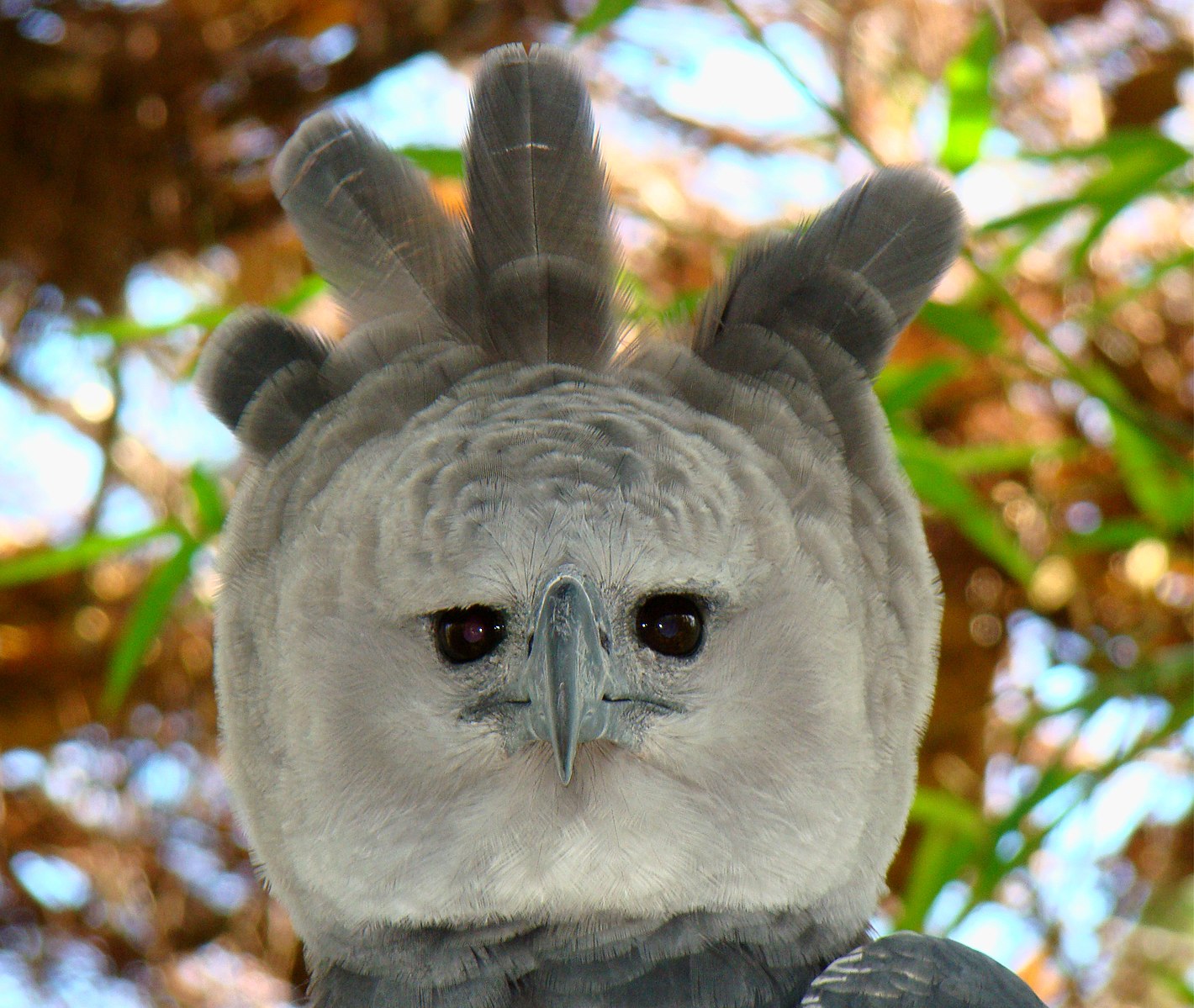No, there are no Harpy Eagles in New Zealand. Instead, the largest eagle known to have existed is the Haast’s eagle (Hieraaetus moorei), which was endemic to the South Island of New Zealand. The Haast’s eagle became extinct around 1445, following the arrival of the Māori, who hunted moa to extinction, introduced the Polynesian rat (Rattus exulans), and destroyed large tracts of forest by fire.
The Haast’s Eagle: New Zealand’s Extinct Giant Bird
The Haast’s eagle was a massive bird, with an estimated weight of 15 kilograms (33 pounds), compared to the next-largest and extant harpy eagle (Harpia harpyja), at up to 9 kg (20 lb). This massive size is explained as an evolutionary response to the size of its prey—the flightless moa, the largest of which could weigh 230 kg (510 lb).
Unique Hunting and Feeding Behavior
The Haast’s eagle’s feeding methods were unique, as it used its massive talons to hunt and capture prey like an eagle, but instead of gobbling it down whole like modern-day raptors, it ripped the animal’s belly apart and tore out its intestines – the “nicest bits”. This behavior is more similar to that of vultures, making the Haast’s eagle a unique bird that hunted like an eagle and ate like a vulture.
Evolutionary Relationship
The Haast’s eagle’s closest living relative is one of the world’s smallest eagles, the little eagle (Hieraaetus morphnoides), which is one-tenth its mass. This illustrates the potential speed of size alteration within lineages of vertebrates, especially in island ecosystems.
The Extinction of the Haast’s Eagle
 Image source: Harpy Eagle by Bjørn Christian Tørrissen
Image source: Harpy Eagle by Bjørn Christian Tørrissen
The Haast’s eagle became extinct around 1445, following the arrival of the Māori, who hunted moa to extinction, introduced the Polynesian rat (Rattus exulans), and destroyed large tracts of forest by fire.
Hunting of Moa
The Haast’s eagle’s massive size was an evolutionary response to the size of its prey—the flightless moa. The Māori hunted the moa to extinction, depriving the Haast’s eagle of its primary food source.
Introduction of Polynesian Rats
The Māori also introduced the Polynesian rat (Rattus exulans) to New Zealand, which likely had a negative impact on the Haast’s eagle’s nesting and breeding success, contributing to its eventual extinction.
Deforestation
The Māori also destroyed large tracts of forest by fire, which would have had a significant impact on the Haast’s eagle’s habitat and ability to thrive.
Conclusion
In summary, while there are no Harpy Eagles in New Zealand, the country was once home to the Haast’s eagle, the largest eagle that ever lived. This unique bird hunted like an eagle but ate like a vulture, and its extinction was likely due to a combination of factors, including the hunting of its prey, the introduction of an invasive species, and deforestation.
References:
– Ancient DNA Provides New Insights into the Evolutionary History of New Zealand’s Extinct Giant Eagle
– Haast’s eagle – Wikipedia
– Extinct New Zealand bird hunted like an eagle and ate like a vulture
– Haast’s eagle – New Zealand Bird of the Week
– New Zealand’s Extinct Giant Bird Killed Like Eagle, Ate Like Condor


